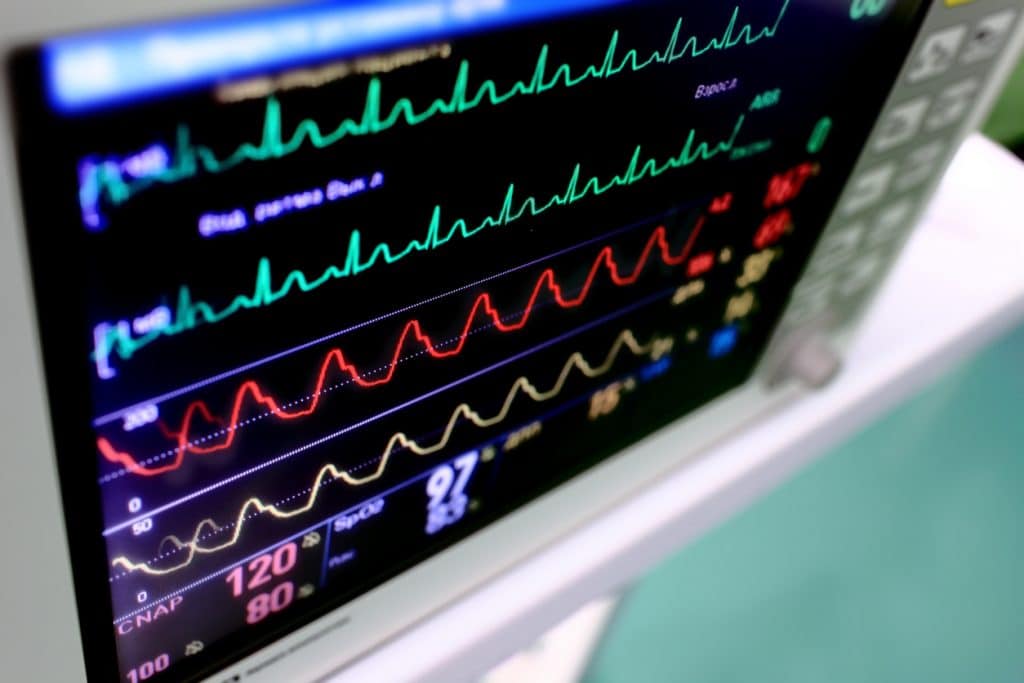Real-Time Intraoperative Determination and Reporting of Cerebral Autoregulation State Using Near-Infrared Spectroscopy

Background
Cerebral blood flow (CBF) is maintained over a range of blood pressures through cerebral autoregulation (CA). Blood pressure outside the range of CA, or impaired autoregulation, is associated with adverse patient outcomes. Regional oxygen saturation (rSO2) derived from near-infrared spectroscopy (NIRS) can be used as a surrogate CBF for determining CA, but existing methods require a long period of time to calculate CA metrics. We have developed a novel method to determine CA using cotrending of mean arterial pressure (MAP) with rSO2that aims to provide an indication of CA state within 1 minute. We sought to determine the performance of the cotrending method by comparing its CA metrics to data derived from transcranial Doppler (TCD) methods.
Methods
Retrospective data collected from 69 patients undergoing cardiac surgery with cardiopulmonary bypass were used to develop a reference lower limit of CA. TCD-MAP data were plotted to determine the reference lower limit of CA. The investigated method to evaluate CA state is based on the assessment of the instantaneous cotrending relationship between MAP and rSO2 signals. The lower limit of autoregulation (LLA) from the cotrending method was compared to the manual reference derived from TCD. Reliability of the cotrending method was assessed as uptime (defined as the percentage of time that the state of autoregulation could be measured) and time to first post.
Results
The proposed method demonstrated minimal mean bias (0.22 mmHg) when compared to the TCD reference. The corresponding limits of agreement were found to be 10.79 mmHg (95% confidence interval [CI], 10.09–11.49) and −10.35 mmHg (95% CI, −9.65 to −11.05). Mean uptime was 99.40% (95% CI, 99.34–99.46) and the mean time to first post was 63 seconds (95% CI, 58–71).
Conclusions
The reported cotrending method rapidly provides metrics associated with CA state for patients undergoing cardiac surgery. A major strength of the proposed method is its near real-time feedback on patient CA state, thus allowing for prompt corrective action to be taken by the clinician.
